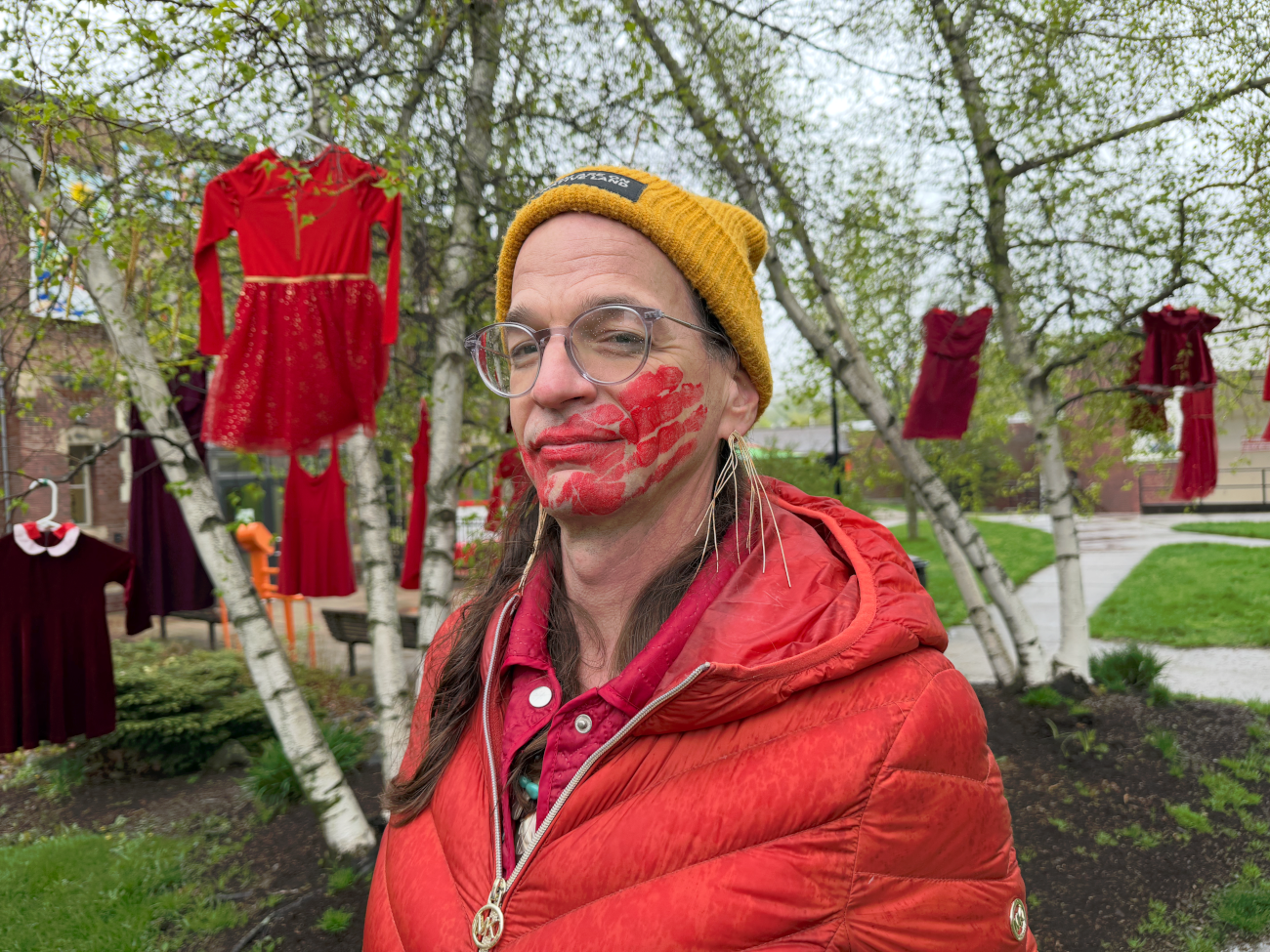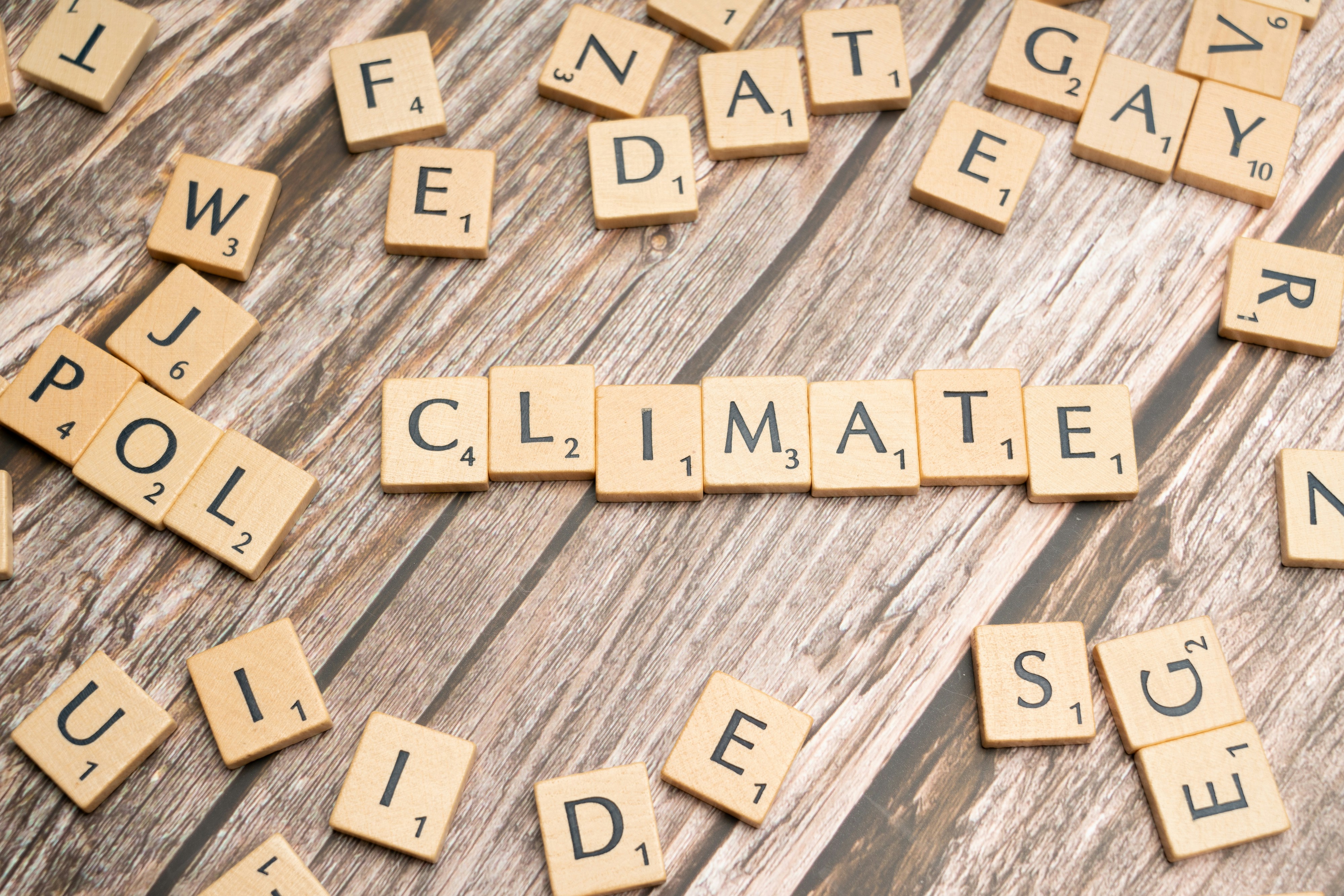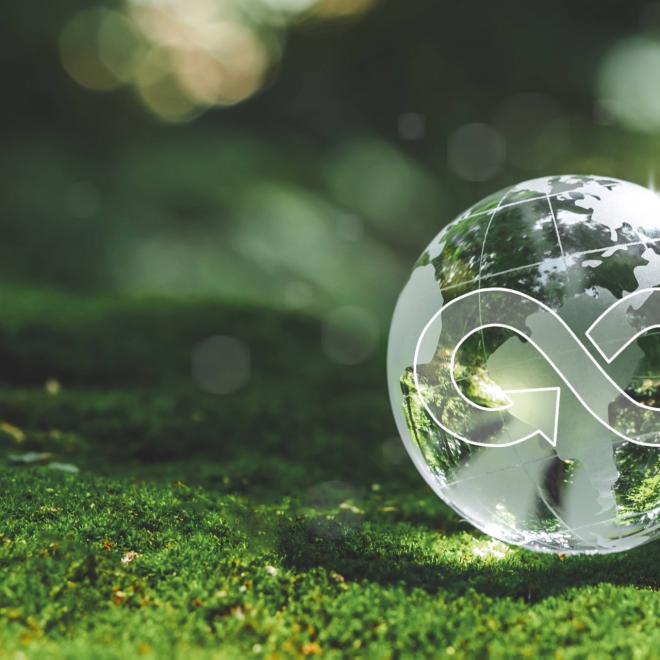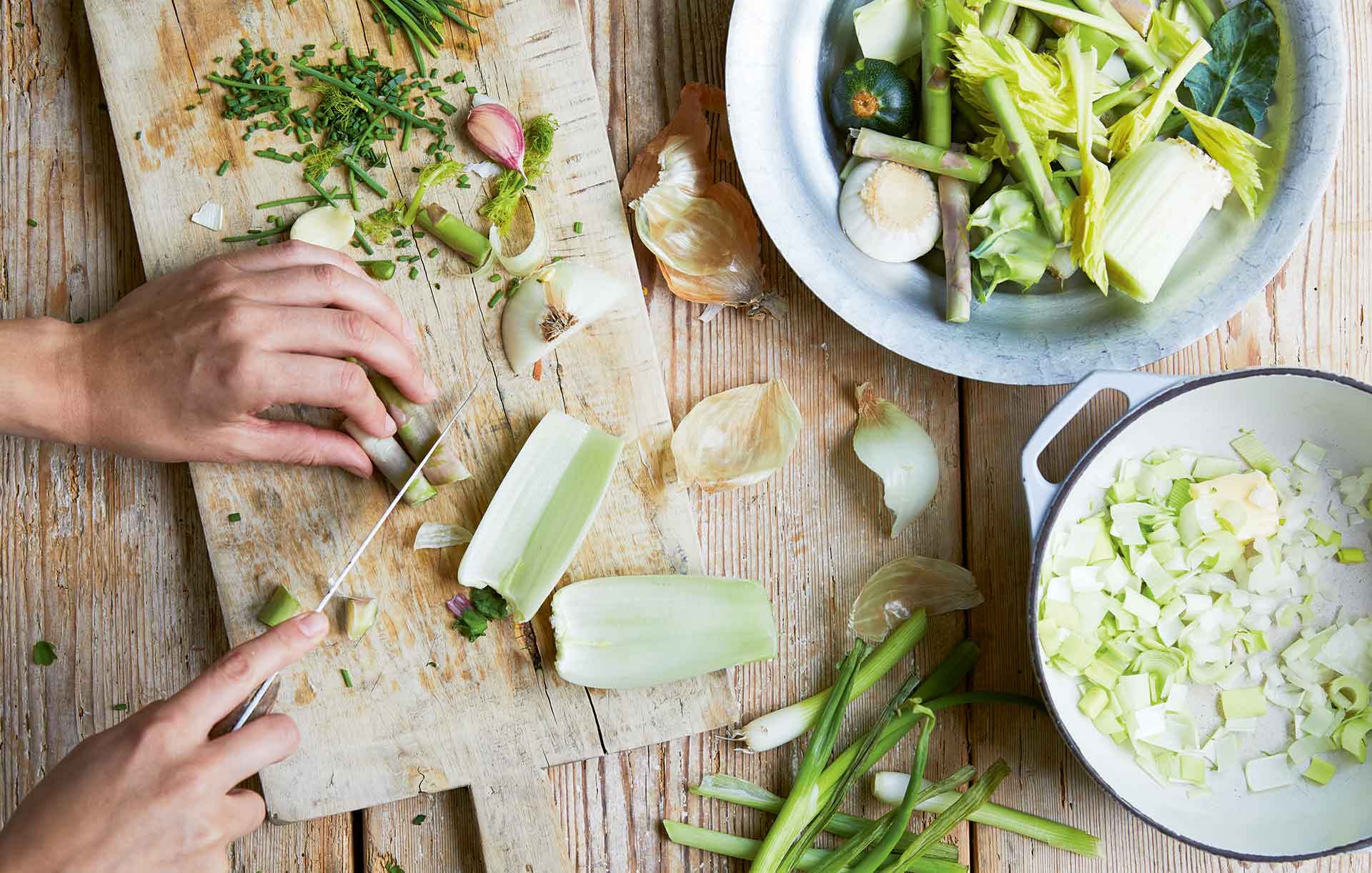Commentary
Living in Community with the Land

This is one in a continuing series of educational columns about fostering environmental stewardship and leadership coordinated by ACES — The Alliance of Climate and Environmental Stewards.
The relationship within Indigenous cultures to the land is not centered in ownership or rights, but rather as a responsibility and primary relationship. The land holds deep knowledge, memory, and spirit that we respect and cherish. The land and waters have watched many generations grow from babies to old women and men and return to the land. The blood, sweat, and tears of countless generations before us are in the soil and water. Larry Spotted Crow Mann, Hassanamisco Nipmuc and Director at Ohketeau Cultural Center, reflected recently “We are the land and the land is us.” This might sound straight forward, but in today’s consumerist systems, it can be quite daunting to think about. Every time I am actively engaging with the Earth, I feel more connected and more grounded. With more and more land development happening, more and more wildlife are being pushed out of their natural habitat. We need to start, or perhaps, continue good land stewardship practices so that our flora and fauna can survive.
I know I am in the right relation with the Earth when balance is achieved. This is a continual practice. It means only taking what is needed and leaving some for others. It means offering gratitude and asking consent before harvesting berries, medicinal herbs, and trees. Our traditional teachings remind us to realize that what we do today impacts tomorrow and beyond. We often talk about seven generations, meaning what we are doing with the land and waterways impacts seven generations back and seven generations forward. Our stories, as Larry Spotted Crow Mann reminded me, are shaped by all that surrounds us - the rivers, stones, mountains and valleys, and the way that the stars and moon align.
Our teachings also reflect how the land is sacred and an ancestor. But how are we a good ancestor to the Earth? It is by treating the Earth with respect and reciprocity to start with. Respecting nature is more than just avoiding hail storms, but truly treating the Earth in a relational way. As Robin Wall Kimmerer wrote in The Serviceberry, “Reciprocity can be seen when we love the Earth, the Earth loves us back. Reciprocity is the way of the Earth.” The give and take of nature is reciprocity in action. Sarah Levenson, Mi’kmaq, shared that the Mi’kmaq (L’Nuk) view the environment through both traditional indigenous knowledge and western knowledge in a balanced way. Through this concept, there is a better relationship and understanding of the land and true reciprocity. We engage with the Earth and have dialogue, we don’t assume it’s inanimate and needs to be dominated over.
To become more connected to the land around us, it means that we are living as if our children’s futures mattered, to take care of the land so that both our spiritual and material lives not just survive, but truly thrive. Building community means not only connecting with the people around us, but all things including this Earth. We have a responsibility to continue building that community through ceremony, land reclamation, and honoring all that exists around us.
To learn more, you can join us on October 11th for Newburyport’s 5th Annual Indigenous Peoples Day Observance, where you can meet Indigenous community members including Larry Spotted Crow Mann. The event celebrates traditional and contemporary Indigenous cultural arts, knowledge and diversity, honoring our region’s Indigenous communities and all Native Peoples, and supporting recognition of Indigenous Peoples Day at the city, state and national level.
This year’s event includes Indigenous maritime cultural arts traditions in the Dawnland, including the creation, ceremonial launch and paddle on the Merrimack River of a traditional hand crafted muhsh8n (mishoon dugout canoe) made by Darius Coombs and Jonathan James Perry. "The Merrimack Mishoon Project!” See the mishoon being made and attend a fundraising feast October 4th at the Custom House Museum. Celebrate the inaugural launch and paddle of the Merrimack Mishoon, Saturday, October 11th Visit www.imaginestudios.org to learn more!
Jenny Tibbits is a Newichawannock Tribal Elder, Two-Spirit person, multi-disciplinary artist who may be reached at pennacook@gmail.com.
ACES team members believe everyone can make a BIG difference together. Team members invite you to stay updated on environmental matters by subscribing to our monthly newsletter via the “Subscribe to Updates” link on ACES’ website – https://www.aces-alliance.org/. Please consider joining our community of stewards committed to Make Every Day Earth Day by contacting acesnewburyport@gmail.com.
This educational column was originally published by The Daily News of Newburyport on October 3, 2025.
.svg)




